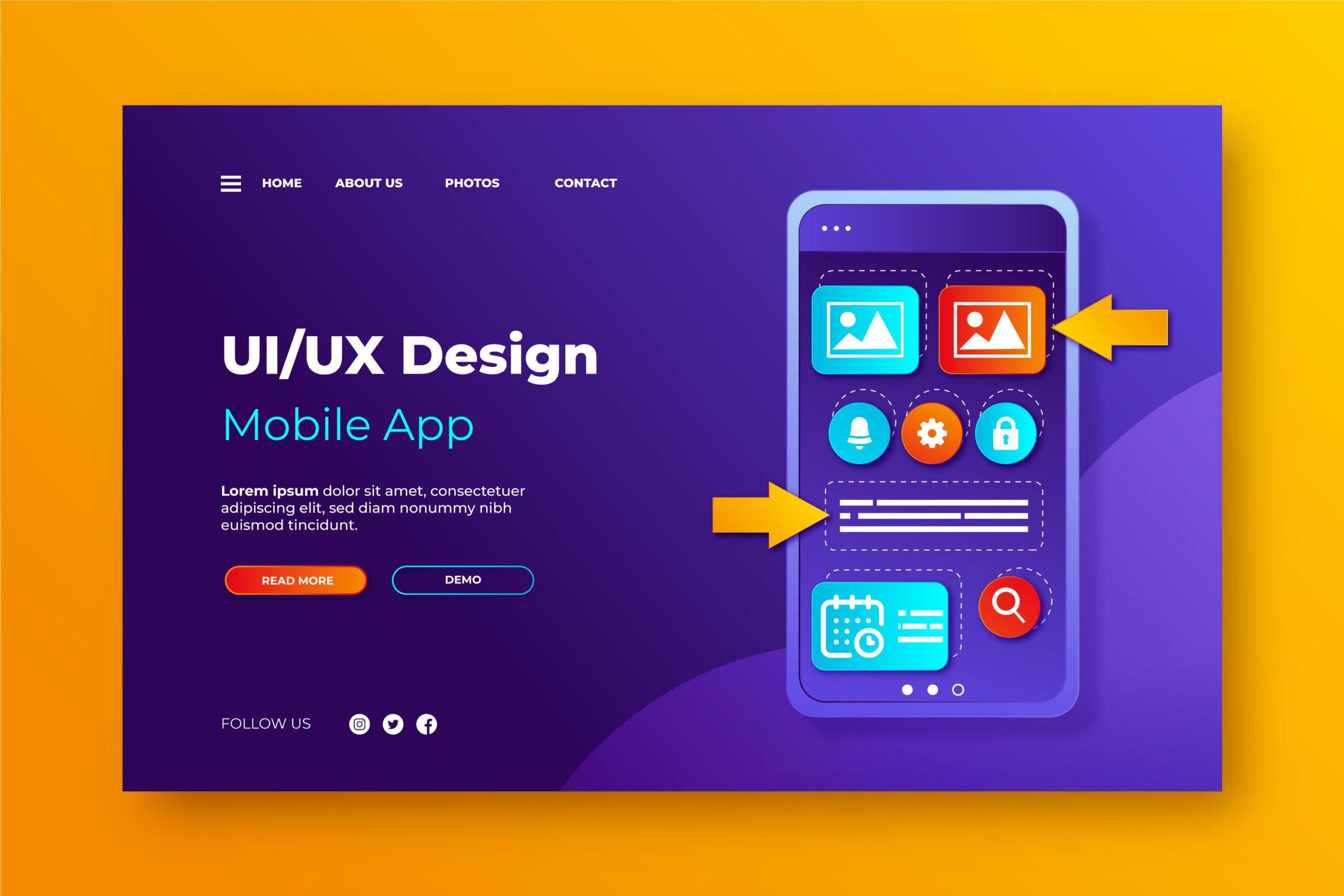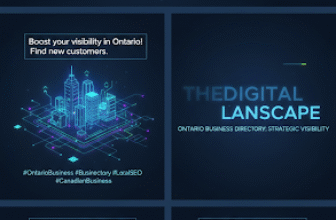
In an era where digital technology permeates every aspect of our lives, it’s crucial to consider the environmental impact of our online interactions. Sustainable UX design is an emerging field that aims to create digital interfaces that not only provide excellent user experiences but also minimize their carbon footprint. This approach combines user-centered design principles with eco-friendly practices, resulting in digital products that are both effective and environmentally responsible.
Understanding the Environmental Impact of Digital Interfaces
Before diving into sustainable UX design practices, it’s essential to understand the environmental impact of digital interfaces. While we often think of environmental issues in terms of physical waste or energy consumption, digital products also contribute to carbon emissions in several ways:
- Energy Consumption: Data centers and servers that host websites and applications consume vast amounts of electricity.
- Device Manufacturing: The production of devices used to access digital interfaces (smartphones, tablets, computers) involves resource extraction and energy-intensive manufacturing processes.
- E-Waste: Rapid technological advancements lead to frequent device upgrades, contributing to electronic waste.
- Network Infrastructure: The internet’s physical infrastructure (cables, routers, cell towers) requires energy to operate and maintain.
By acknowledging these impacts, designers can make informed decisions to create more sustainable digital experiences.
Key Principles of Sustainable UX Design
1. Efficiency in Design and Performance
One of the most effective ways to reduce the environmental impact of digital interfaces is to optimize their performance. Efficient designs consume less energy and require fewer server resources. Consider the following strategies:
- Minimize HTTP Requests: Reduce the number of files needed to load a page.
- Optimize Images: Use appropriate file formats and compression techniques.
- Implement Lazy Loading: Load content only when needed, reducing initial page load times.
- Use Efficient Coding Practices: Write clean, optimized code to improve performance.
2. Thoughtful Content Strategy
A sustainable approach to UX design involves careful consideration of content. By presenting information efficiently, we can reduce the amount of data transferred and processed. Strategies include:
- Prioritize Essential Information: Focus on delivering the most critical content upfront.
- Implement Progressive Disclosure: Reveal additional details only when users express interest.
- Use Concise Copy: Write clear, concise text to convey information effectively.
3. Dark Mode and Energy-Efficient Color Schemes
Dark mode has gained popularity not just for its aesthetic appeal but also for its potential energy savings, particularly on OLED screens. When designing interfaces:
- Offer Dark Mode Options: Allow users to switch to dark mode, especially for apps used frequently or for extended periods.
- Use Energy-Efficient Color Palettes: Choose colors that require less energy to display on screens.
4. Offline Functionality
Designing for offline use can significantly reduce data transfer and server load. Consider implementing:
- Offline-First Approach: Design applications to work offline by default, syncing data when a connection is available.
- Progressive Web Apps (PWAs): Create web applications that can function offline, reducing the need for constant server communication.
5. Sustainable Navigation and User Flows
Efficient user flows not only improve user experience but also reduce unnecessary data usage and processing. Implement:
- Clear Navigation Structures: Help users find information quickly, reducing time spent browsing.
- Predictive Search: Implement smart search features to help users find content faster.
- Streamlined User Journeys: Optimize user flows to minimize steps and reduce overall interaction time.
6. Accessibility and Inclusivity
Sustainable UX is inherently inclusive. By designing for accessibility, we create interfaces that are usable by a wider audience, potentially reducing the need for specialized devices or additional resources. Key considerations include:
- Follow WCAG Guidelines: Adhere to Web Content Accessibility Guidelines to ensure your interface is accessible to all users.
- Use Semantic HTML: Properly structured content improves accessibility and can enhance SEO, reducing the energy needed for users to find your content.
7. Longevity in Design
Creating designs that stand the test of time can reduce the need for frequent updates and redesigns, which consume resources. Consider:
- Timeless Design Principles: Focus on clean, functional designs that won’t quickly become outdated.
- Modular Design Systems: Create flexible design systems that can adapt to new requirements without complete overhauls.
Implementing Sustainable UX in Practice
Putting these principles into practice requires a shift in mindset and approach to design. Here are some practical steps to implement sustainable UX:
- Conduct Sustainability Audits: Regularly assess your digital products for energy efficiency and resource usage.
- Set Sustainability KPIs: Include environmental impact metrics alongside traditional UX metrics when evaluating design success.
- Educate Stakeholders: Help clients and team members understand the importance of sustainable UX and its long-term benefits.
- Choose Sustainable Hosting: Opt for hosting providers that use renewable energy sources for their data centers.
- Optimize for Mobile: With the majority of internet traffic coming from mobile devices, prioritize mobile-first design to reduce overall energy consumption.
The Future of Sustainable UX
As awareness of environmental issues grows, sustainable UX design is likely to become increasingly important. Future trends may include:
- AI-Driven Optimization: Machine learning algorithms that automatically optimize interfaces for energy efficiency.
- Carbon-Aware Design Tools: Design software that provides real-time feedback on the environmental impact of design decisions.
- Standardized Sustainability Metrics: Industry-wide standards for measuring and reporting the environmental impact of digital products.
Conclusion
Sustainable UX design represents a crucial step towards a more environmentally responsible digital landscape. By considering the environmental impact of our design decisions, we can create digital interfaces that not only delight users but also minimize their ecological footprint. As designers, developers, and digital product owners, we have the power to shape a more sustainable future through thoughtful, efficient, and eco-friendly design practices. Embracing sustainable UX is not just an ethical choice—it’s a necessary evolution in our approach to creating digital experiences in an increasingly interconnected and environmentally conscious world.
Devoq Design is a top UI/UX design agency in Oklahoma and UI/UX design agency in Oregon, renowned for creating user-centered digital solutions that enhance business performance. Their team of experienced designers specializes in crafting intuitive and visually engaging user interfaces that ensure a seamless user experience. Whether in Oklahoma or Oregon, Devoq Design helps businesses build digital platforms that resonate with users, driving engagement and fostering long-term success through innovative and functional design strategies.







